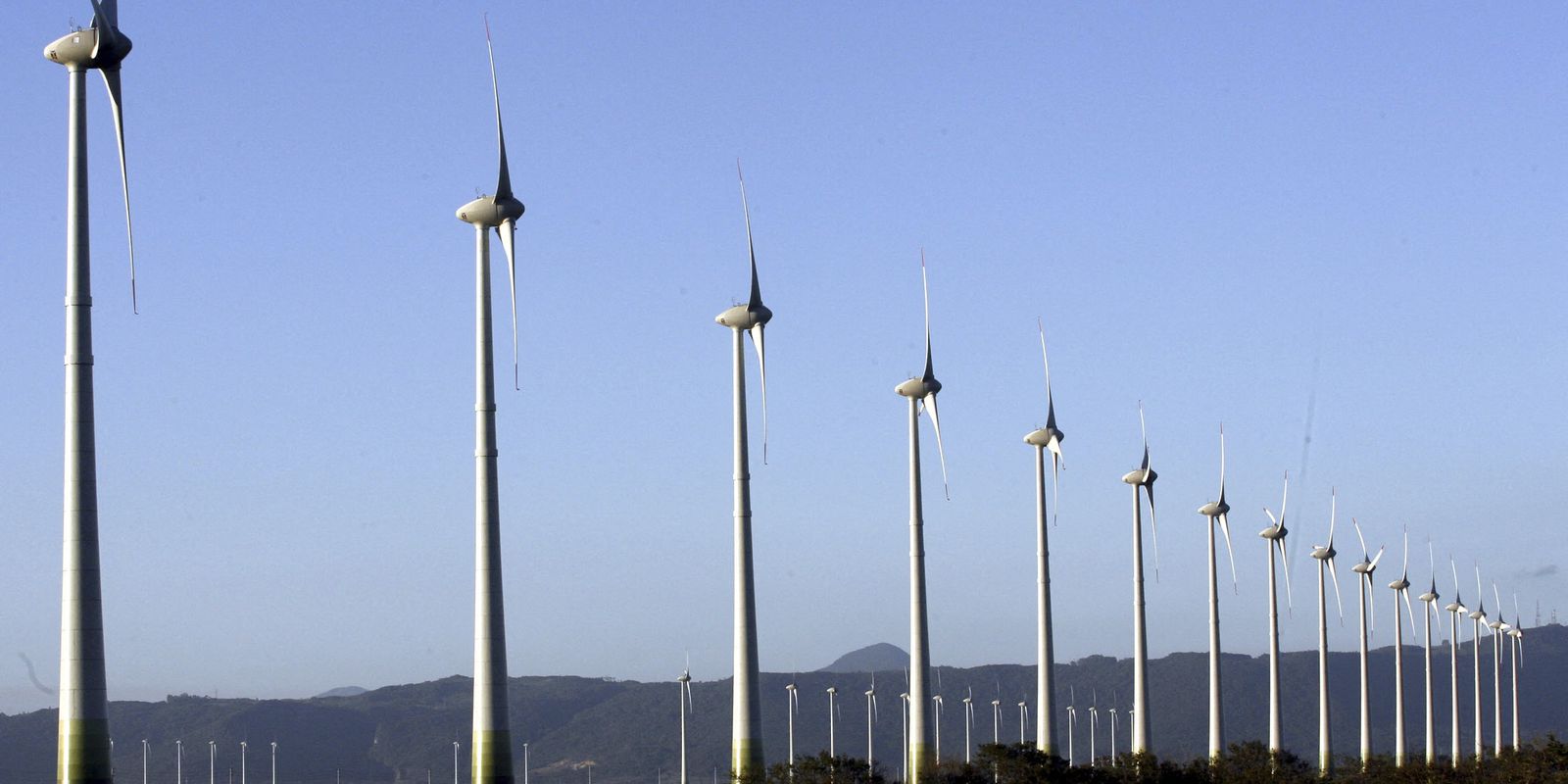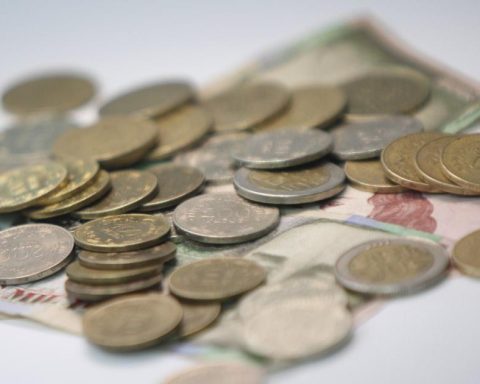The generation of electricity from renewable sources last year reached the mark of 92%. The result, released by the Electric Energy Trading Chamber (CCEE) last Wednesday (1st), shows that the share of hydroelectric, wind, solar and biomass plants in the total energy generated by the National Interconnected System (SIN) was the highest in the last 10 years. In total, in 2022, almost 62 thousand average megawatts of energy were generated per month.
According to the CCEE, the result was due, among other factors, to a more favorable climate water scenario, which contributed to the recovery of water reservoirs and the expansion of power plants moved by wind and sun.
Last year, hydroelectric plants accounted for 73.6% of the total generated (45,613 average MW). Wind energy by 14.6% (9,066 average MW). The other sources, such as biomass, small power plants (PCH), solar and hydroelectric power plants (CGH) were responsible for 11.8% (7,291 average MW).
With regard to hydraulic generation, the rains of 2022 contributed to a 17.1% increase in hydroelectric production, to 48,000 average MW.
The states with the highest growth in hydropower production in 2022 were: Mato Grosso with an increase of 44 average MW, São Paulo (219 average MW), Tocantins (51 average MW), Pará (599 average MW), Goiás (194 average MW), Sergipe (176 average MW), Rio Grande do Sul (366 average MW), Paraná (1,728 average MW), Minas Gerais (1,178 average MW), Santa Catarina (545 average MW) and Alagoas (484 average MW) .
“The reversal of the critical scenario of 2021 leaves the country in a much more comfortable situation for 2023. Today the installed capacity of this source is 116,332 MW”, informed the CCEE
Centralized solar generation was the highlight. This type of source had the highest generation increase in 2022, of 64.3% compared to the previous year. In all, more than 1,400 average MW were produced.
solar farms
According to CCEE, the arrival of 88 new solar farms to the SIN made the segment reach 4% of representation in the national matrix.
The states of Rio Grande do Norte (average 178 MW), Bahia (average 666 MW) and Piauí (average 340 MW) are those that showed an increase in generation from wind sources.
Wind generation grew 12.6% year-on-year, supplying the electricity grid with more than 9,000 average megawatts. Currently, the country has 891 wind farms, which together add up to more than 25,000 megawatts of installed capacity.
The production of energy from biomass, whose main raw material is sugarcane bagasse, recorded a slight increase of 0.3%. As a result, this type of source delivered almost 3,000 average MW to the system in 2022. Currently, there are 321 plants of this type, with a total installed capacity of 14,927 MW.
non-renewable sources
Regarding generation from non-renewable sources, it was 5,373 average MW, the largest share was from thermal gas source, with 45.0% (2,419 average MW), followed by nuclear source with 28.3% (1,522 average MW), mineral coal with 12.8% (690 average MW) and the other sources (thermal, LNG, oil, gas/oil, import and exothermic reaction) with 13.8% (743 average MW).
















